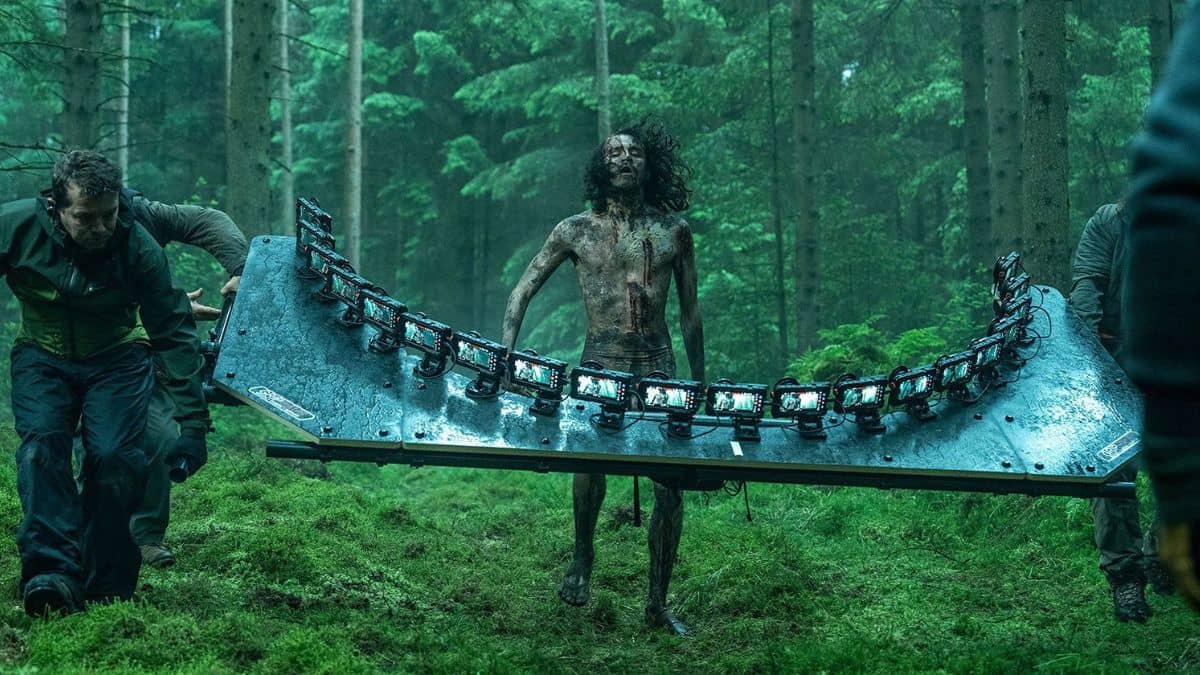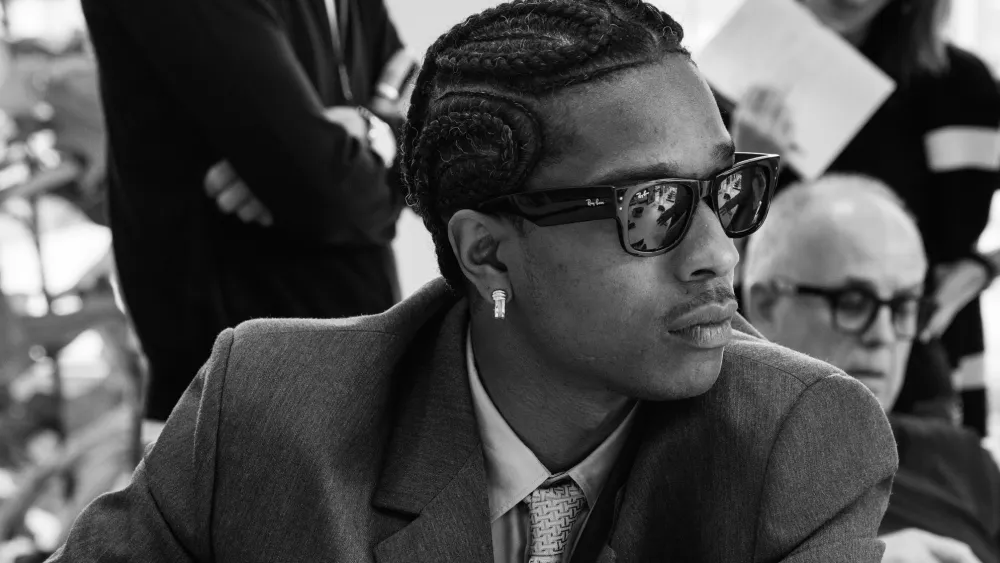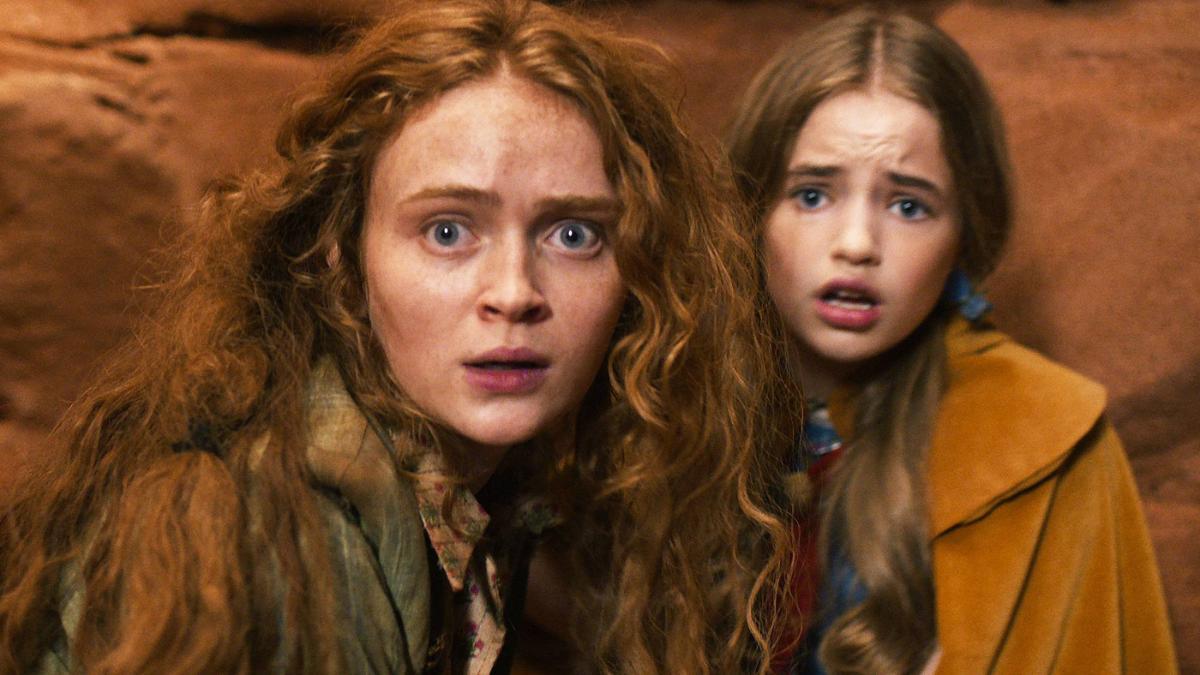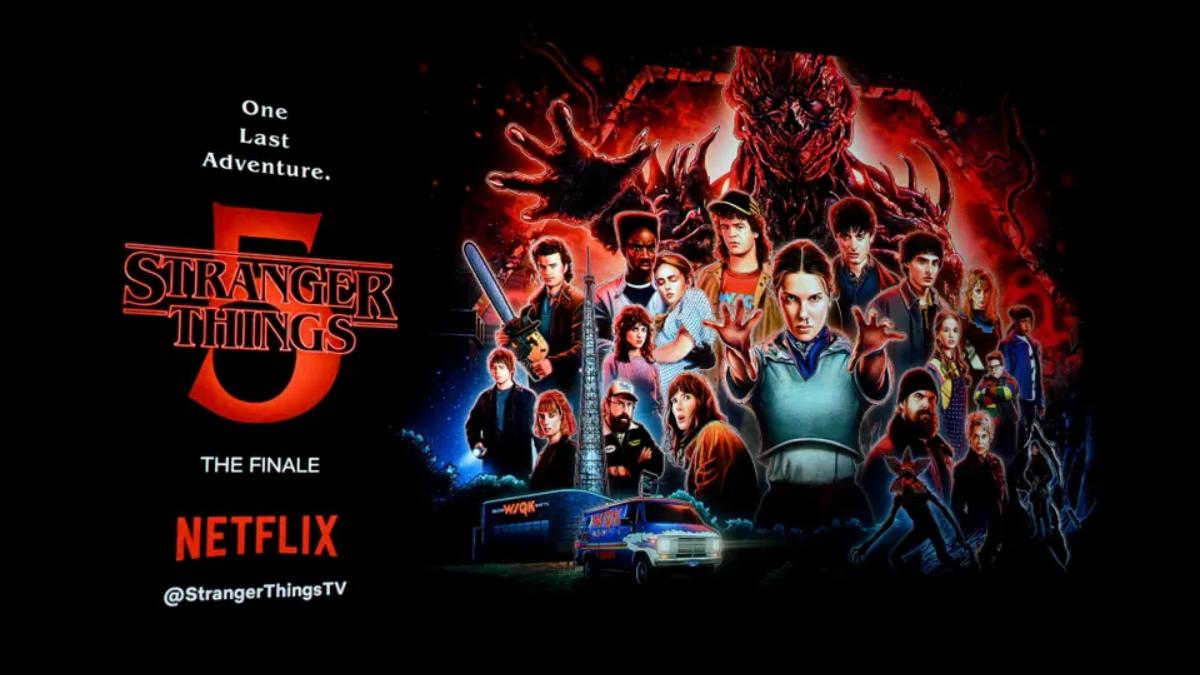Director Danny Boyle used iPhones as the primary cameras to film 28 Years Later, the sequel to his 2002 hit 28 Days Later. This unusual approach allowed the crew to capture the apocalyptic film in a new way while reducing environmental impact.
Why Choose iPhones?
Boyle said iPhones let his crew stay light and mobile while filming in remote UK locations. These areas needed to look untouched for 28 years, and traditional heavy camera equipment would have damaged the natural settings.
The small size of iPhones allowed the team to move quickly without disturbing the landscape. This preserved the authentic look of locations that had been abandoned for decades.
Custom Camera Rigs
The filmmakers didn’t use single iPhones. Instead, they built custom rigs holding multiple iPhone 15 Pro Max devices. These setups included 8, 10, and even 20 cameras mounted together.
The 20-camera rig created a “poor man’s bullet time” effect, similar to techniques used in The Matrix. Multiple angles captured simultaneously produce dynamic time-slice sequences.
Boyle mentioned one shocking scene in the film’s second half that uses this 20-camera setup to show graphic violence from multiple perspectives.
Technical Modifications
The crew modified the iPhones by turning off automatic focus and adding special accessories. This setup allowed 4K filming at up to 60 frames per second, meeting cinema quality standards.
The phones were also attached to drones and even strapped to animals like goats to capture unique shots impossible with traditional cameras.
Creative Benefits
Boyle noted that actors responded differently to the smaller, familiar devices compared to large film cameras. This created more intimate performances that fit the film’s raw, gritty style.
The lightweight equipment enabled shots in difficult locations and situations that would have been impossible with heavy camera gear.
Cost and Environmental Advantages
Using iPhones significantly reduced production costs and environmental impact. Smaller crews with less equipment caused minimal disturbance to filming locations.
This approach helped maintain the integrity of natural landscapes without the large footprint of traditional film shoots.
Filmmaking Innovation
Boyle’s iPhone experiment shows how consumer technology can change moviemaking. The approach gave 28 Years Later a fresh visual style while working more sustainably in challenging environments.
This technique demonstrates new possibilities for filmmakers to work flexibly and creatively while respecting natural locations.










